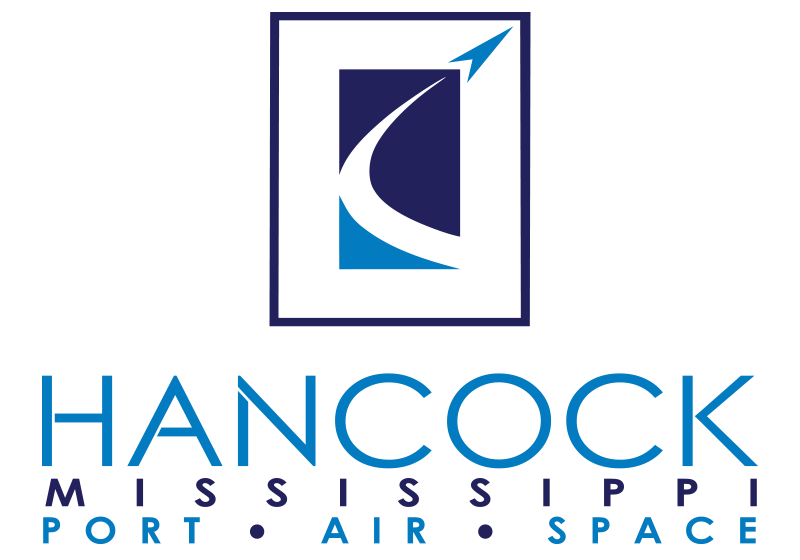Davis Pace Reinforces the Importance of Hancock County’s Expansion of the Aerospace Sector


Davis Pace, Mississippi Enterprise for Technology
Since the Space Race, Mississippi has played a pivotal role in the nation’s aerospace and defense strategy.
While the government’s aerospace effort has largely cooled since the Cold War’s end, Mississippi’s significance in the defense industry has persisted alongside its growing importance to the commercial aerospace sector. As Mississippi faces the ongoing issue of brain drain, the aerospace and defense industry presents a vital opportunity to retain young professionals and provide well-paying skilled jobs.
The technological advancements fueling economic prosperity across the Sunbelt should also be harnessed by Mississippi through coordinated efforts with private companies and maintaining a business-friendly environment. Such initiatives can drive population growth and capital investment in the state.
Addressing brain drain in Mississippi is imperative. According to the U.S. Census Bureau, Mississippi has lost 60,000 millennials since 2010, many of whom possess valuable education and skills. While the motives vary, most of the young people who left the state in 2019 sought states boasting the highest levels of tech employment.
There is no silver bullet to stem population loss, but it’s clear that states with strong tech industries attract a young, high-earning workforce. The aerospace and defense sector offers an opportunity to attract these professionals with exciting career prospects in a field where Mississippi is truly at the forefront.
The state’s tech sector has shown promising growth as more companies identify Mississippi as an ascendant hub for aerospace and defense technology. This growth can be further accelerated, positively impacting various other industries indirectly. Consequently, our goal should be to coordinate efforts to increase the aerospace and defense industry in the state.
Mississippi has remarkable assets in its aerospace and defense industry, including Air Force bases, a significant naval presence and Ingalls Shipbuilding. These assets collectively contribute billions of dollars in investments and thousands of jobs.
Additionally, Mississippi is home to one of eight NASA field centers, Stennis Space Center in Hancock County, which serves as both a premier rocket testing facility and hub for innovative technology companies.
In total, government defense contracts, many of which are awarded to these key locations, account for 4.3% of Mississippi’s gross domestic product and have attracted over $31.2 billion in investment since fiscal year 2014. Importantly, the benefits of these government contracts extend beyond large companies, as Keesler Air Force Base, Ingalls and Stennis rely on numerous local contractors, spreading the economic impact throughout the state and employing hundreds of technically and professionally skilled Mississippians.
The success of the aerospace and defense industry depends on coordinated efforts to attract both companies and talent. Collaboration among government agencies, academia and the private sector is essential for the state’s prosperity.
Mississippi’s distinct appeal to the tech industry is exemplified by its strong collaboration between its major universities and considerable government support from agencies such as the Mississippi Development Authority.
Recent developments — such as this summer’s Mississippi Aerospace and Defense Symposium, hosted by the Mississippi Enterprise for Technology at Mississippi State University — demonstrate the state’s commitment to uniting industry leaders, academic institutions and government partners in a collective effort. Additionally, Gov. Tate Reeves’ creation of the Governor’s Office of Military Affairs is commendable, as it coordinates federal and state resources and goals.
Mississippi should continue fostering a spirit among these key stakeholders, benefiting the federal government, the state and — most importantly — Mississippians.
Pace is the president and CEO of the Mississippi Enterprise for Technology, a state-chartered nonprofit organization located at NASA’s Stennis Space Center.
